There is no solid upper-limit to the number of pixels that can be collected in a single image gathered…
Select :
AsteroidsBlack HolesCareers in AstronomyCelestial EventsCometsConstellationsCosmic DistancesCosmic Microwave BackgroundCosmologyExoplanetsGalaxiesGravity WavesHoaxesMoonPhysicsPlanetsRadio AstronomyScientific MethodSETISolar SystemSpace ProbesStarsSunTelescopesUnexplained Celestial Observations
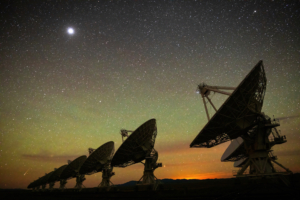
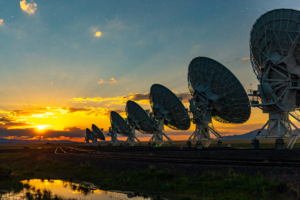
How to Make Images with a Radio Telescope
I believe that this question has been answered before in our post answering the question How Does a Single…
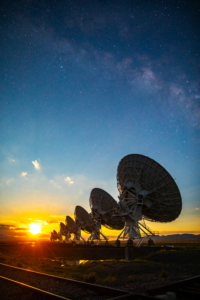
Surface Measurement of a 3-foot Diameter Offset Feed Antenna for 36 GHz Operation
I believe that the standard photogrammetry technique, which uses photographic measurements from a series of different angles to derive…
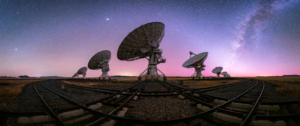
An Interferometer as a Quantum Mechanical Signal Measurement System
I think that the key fact is that the traditional Maxwellian electromechanical (EM) wave interfering with itself after traveling…

How Does a Radio Interferometer Work?
I believe that this question has been answered before. See How Does a Radio Interferometer Work? using the search…
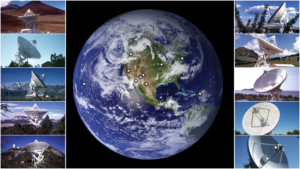
Is the Spatial Resolution Obtained with a Radio Telescope Array Smaller than that Provided by JWST?
In fact, we have answered questions related to this one in the past. Please use the search function on…





